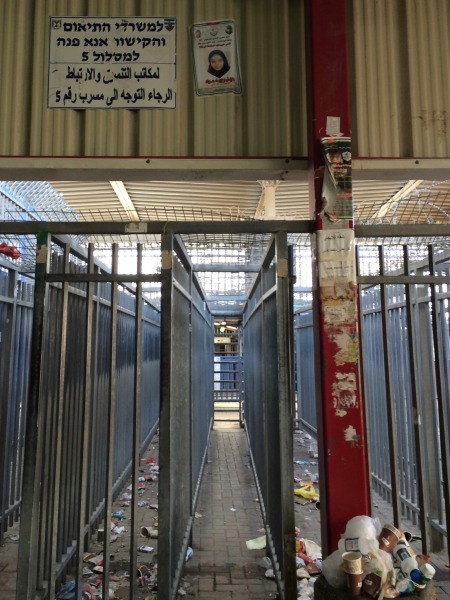The Humiliation Machine

The girl in the poster at the top of the photo is Hadeel Wajih 'Awwad. She was 14 when she died. She lived with her family in the Qalandia refugee camp, just outside the checkpoint of the same name, pictured above. You can read more about the checkpoint, and what it does, in this excerpt from my book, which went up on LitHub today. On March 1, 2013, Hadeel 'Awwad's older brother, Mahmoud, was shot in the back of the head with a rubber-coated bullet fired by Israeli soldiers during clashes outside the checkpoint. He spent the next eight months in a coma and died that November 28. He was 25. Two years later almost to the day, Hadeel woke up, made breakfast, and left the house. Her mother thought she was going to school. Instead she sneaked with her cousin Norhan, who was 16, into Jerusalem. They brought scissors with them and, in the Mahane Yehuda market, attempted to stab passersby. They managed to lightly wound a 70-year-old Palestinian man, whom they presumably mistook for an Israeli. A policeman shot them both, and continued shooting after both girls had fallen and lay on the ground, immobilized. Norhan survived. Hadeel did not. You can watch the video if you want. In any case, I took the photo above in January of this year. Hadeel's face was still pasted all over Ramallah when I went back again in May.
 b.
b.